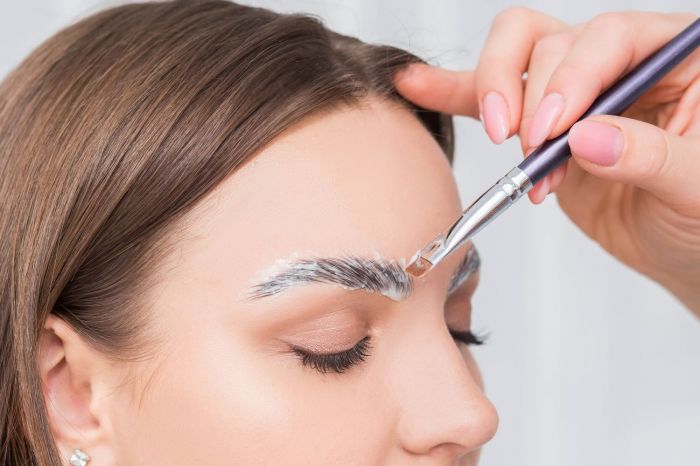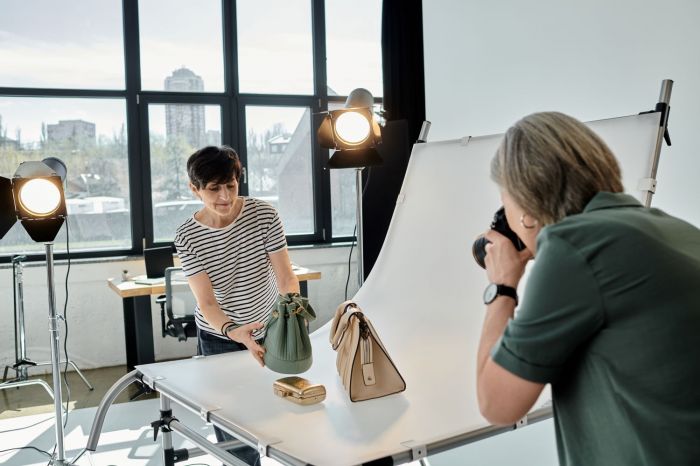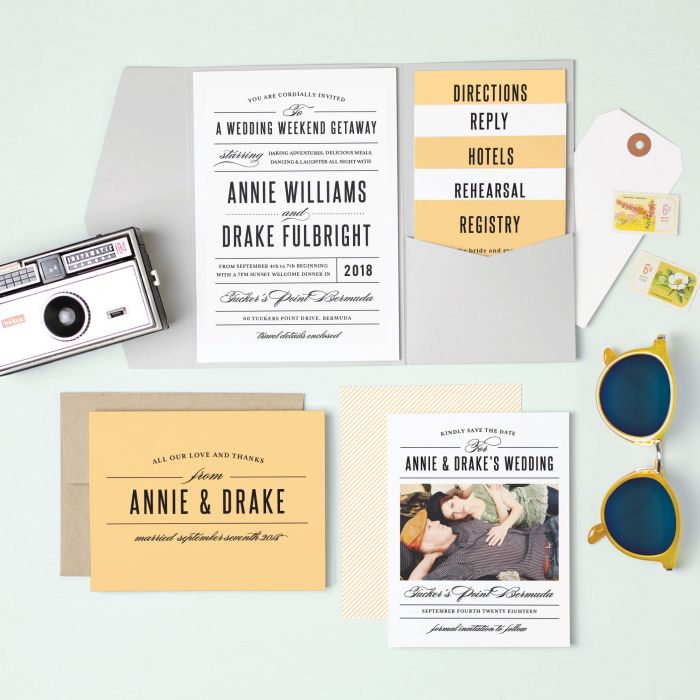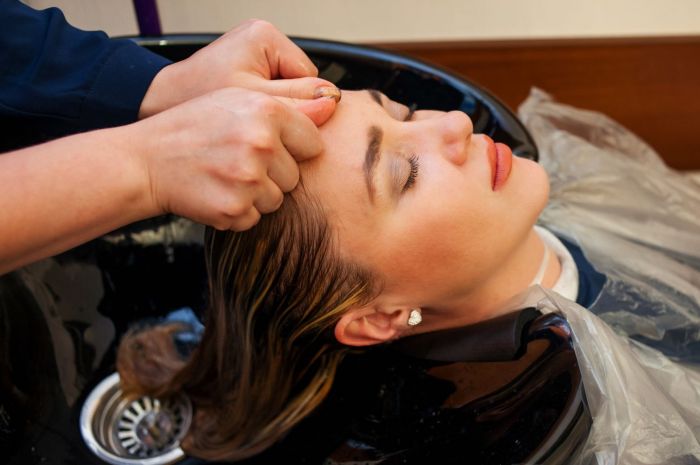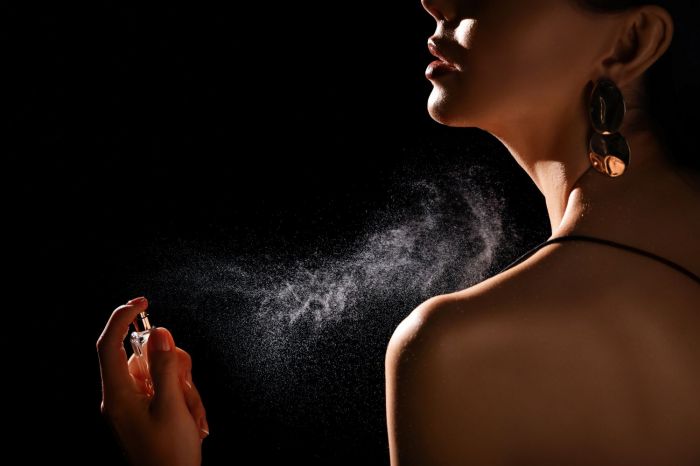
Launched in 2016, adding a light, floral and fruity scent to the iconic "La Vie Est Belle" scent, La Vie Est Belle l'Eau de Toilette Florale has stood the test of time in the fragrance world. Building on the original happy and uplifting scent of Lancôme's original "La Vie Est Belle" fragrance, the perfume adds a new variant with its musky and floral floriental scent.
Available in five sizes between 30ml and 150ml, Lancôme La Vie est Belle at parfumdreams also comes in three Limited Collector Editions. Inheriting the trademark glass bottle from the original "La Vie Est Belle" scent, the bottle’s neck is adorned with a fabric flower, providing an added visual element to the scent.
At the heart of the fragrance is osmanthus absolute, a plant native to Asia, which not only provides fruity, apricot-tinged aromas, its oils also have medical benefits to the skin. The essential oil has antimicrobial and anti-inflammatory properties that have been used to treat skin ailments such as eczema and rosacea. Combined with notes of rose and a violet leaf accord and mimosa, freesia and sweet iris (the same floral bouquet borrowed from the original fragrance), the fragrance is completed with patchouli and a base of amber wood and musk.
Excusing elegance and charm, this luxurious fragrance offers a long-lasting fragrance experience. Coupled with its delightful aroma is the portable size of the product, making it easy-to-use for everyday use and any travel. Adding a touch of elegance to any ensemble, users can easily transition from day to night and be confident that this fragrance will stand out.
Derived from a mixture of essential oils or aroma compounds, fragrances and perfumes is big business, with the USA being the leading country generating a revenue of around $8.4 billion. Second to the U.S is the Brazilian market which generated around $4.6 billion, while France is third.
Last year the global perfume market was at $48.05 billion, growing from 2022’s number of $45.85 billion and will grow up to $69.25 billion by 2030. This marks a Compound annual growth rate (CAGR) of 5.36%, with the perfume segment accounting for the largest share of the market.
Dating back thousands of years, the history of perfume dates back to ancient Mesopotamia and Egypt, around 4000 BCE. It is a history that is rich and intertwines with the cultural and social evolution of humanity. Spanning continents and empires, each has contributed to the development and refinement of perfumery and it has become an aromatic elixir treasured across civilizations since.
Starting with a woman named Tapputi, who was mentioned in a cuneiform tablet from Mesopotamia being the earliest recorded chemist, perfumery has grown to be mass-produced. But before it grew to a multi-billion dollar industry, perfumes were used in religious rituals and embalming processes as Egyptians were deeply invested in their belief in the afterlife. Fragrances were associated with the divine, and the gods were believed to have been appeased by pleasant scents. Famous Egyptian figures like Cleopatra and Nefertiti were known for their use of distinctive perfumes, adding an air of mystique and allure to their personas.
In the classical period, Greeks and Romans adopted perfumery from the Egyptians, but refined the art by introducing new techniques and ingredients. Romans further popularized perfumes, incorporating them into daily life. Wealthy Romans used perfumes in their baths, homes, and even on their pets and horses. The trade routes expanded, bringing exotic ingredients from India, Arabia, and beyond, enriching the olfactory palette available to perfumers.
While the fall of the Roman Empire saw a decline in the popularity of perfume in Europe, perfumery thrived in the Islamic world. Islamic scholars and chemists made significant advancements in the science of distillation and the extraction of essential oils. It is there where the discovery of the process of distilling flower essences, laid the groundwork for modern perfumery. The Crusades later brought these sophisticated techniques and exotic ingredients back to Europe, reintroducing the continent to the world of scents.
During the Renaissance era Catherine de' Medici played a crucial role in popularizing perfumes in the French court and even had a personal perfumer. Rene le Florentin, is credited with creating some of the era's most famous scents. Perfumes became a symbol of status and luxury among the European elite.
From the 18th century to the modern day, the democratization of perfume became more prevalent with advances in chemistry and production. Iconic brands such as Chanel, Dior and Guerlain rose to prominence in the 20th century which coincided with the rise of celebrity endorsements and the globalization of the perfume market.
Perfume, in its essence, remains a reflection of human civilization—its desires, its innovations, and its eternal quest for beauty and transcendence. From ancient rituals to modern luxury, the history of perfume is a testament to our enduring fascination with the power of scent.











